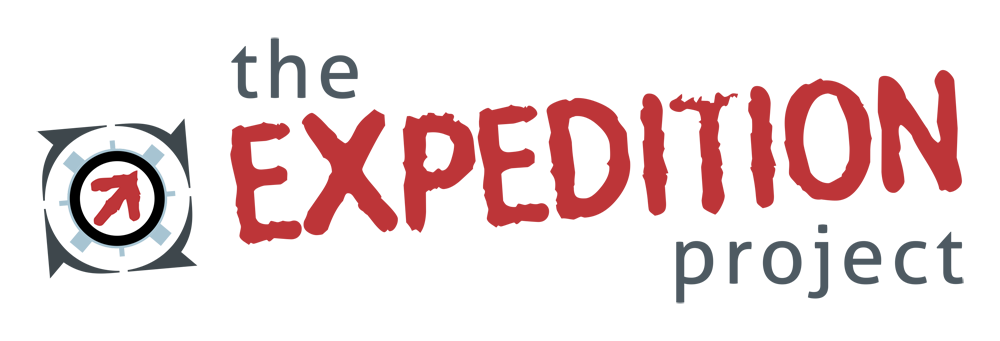SDG 4: Ensure inclusive and equitable quality education and promote lifelong learning opportunities for all
Achieving SDG 4 on quality education for all requires significant additional financing. Annual total spending to achieve the first two—and costliest—education targets, namely universal pre-primary, primary and secondary education, would need to more than triple in low-income countries.5 Three sources of funding are available to fill the gap: Governments, donors and households. Domestic public finance is by far the most important source of funding, accounting for 79 per cent of education spending globally. Poorer countries prioritize education more in their public expenditure, but this still translates into vastly smaller expenditure by student— less than $200 annually per primary school student in low-income countries, compared to around $8,000 in high-income countries.6 In response, households have to contribute a much larger share of education financing directly. In some developing countries, households account for more than half of all expenditure, compared to less than 15 per cent in most developed countries. Overreliance on households raises equity concerns. Chapter III.A presents the case of Chile, which is gradually expanding free access to tertiary education, with a view to increasing inclusion. To this end, it undertook a broad reform of its tax system in 2014, with the explicit objective of permanently increasing public spending on education and other social sectors (box 2). In developing countries, fiscal and household spending is complemented by aid as a third major source of education funding. Donors account for 12 per cent of education spending in low-income countries. However, over the past decade, education has become less of a priority for development partners, with the share of education falling from 8.8 per cent of total official development assistance in 2010 to 7.1 per cent in 2017. Chapter III.C describes one response to this trend—that is, the use of partnerships and innovative funding mechanisms, such as the Global Partnership for Education and Education Cannot Wait, to support education in crisis settings, and the recently proposed International Finance Facility for Education (box 1). A share of aid for education is used for the provision of scholarships.—Means of implementation target 4.b calls for a substantial expansion of scholarships available to developing countries. More than $3 billion were disbursed as aid for either scholarships or as costs incurred by donor-country higher education institutions. Chapter III.F notes that scholarships and migration for education purposes are included in the Global Compact for Migration (box 3). Chapter III.G (section 3) finds that new and emerging technologies are putting additional demands on education systems, as even advanced education is no longer a guarantee for employment due to the automation of cognitive tasks. Continuous and rapid technological change will require provision of opportunities for lifelong learning, but implications of artificial intelligence and related technologies for education systems and practices are only just coming into focus and warrant attention by policymakers (box 1). Chapter IV reports on capacity development efforts to improve national education data, as availability of reliable and disaggregated data remains a challenge in the education sector (box 1).
Source:
https://developmentfinance.un.org/sites/developmentfinance.un.org/files/FSDR2019_Overview.pdf



